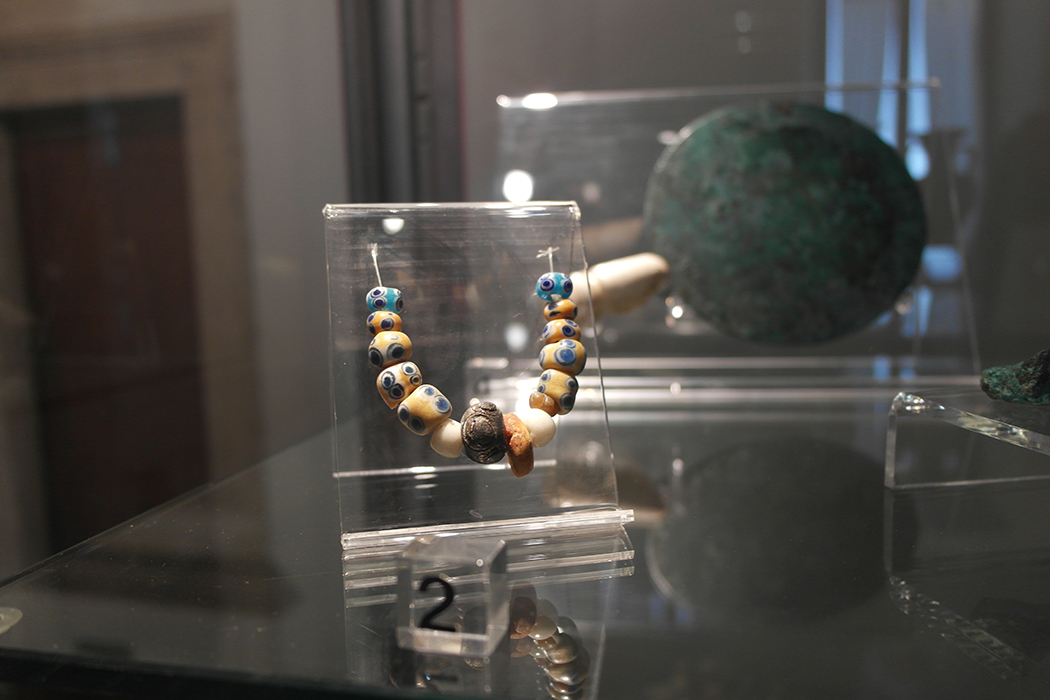The Archaeological Museum Prenestino of Palestrina is inside the Barberini Colonna Palace, at the top of the Ancient Temple of Fortuna. It houses many relics from the important roman city of Preneste and city's cemeteries. The Fortuna Temple was one of the most important roman temple during the first part of the Roman history visited every year by thousands of pilgrims.
Of particular importance is a large mosaic of Nile depicting the exotic landscape of the Nile 80 BC (dimensions 5.85 x 4.31 m) which was in a hall of the Republican Forum. It is one of the few examples of a Republican-era mosaic.
The museum also houses one of the best preserved specimens of the sculptural group of the Capitoline Triad, which depicts Jupiter, Juno and Minerva together.
The Roman Calendar of the National Archaeological Museum of Palestrina
In the Roman world the day count was linked to the lunar phases. Every month had three main days: the calends were the first day and coincided with the new moon, the nines fell with the first quarter of the moon, nine days before the Ids that coincided with the full moon phase.
All other days were indicated with the "countdown" compared to the fixed days. The year began in March and was a 365-day event. The calendar lasted 304 days and there were about 61 days of winter that were not assigned to any month: after December, we stopped counting the days to resume the count again in March.
In order to balance the counts, with the reform of Julius Caesar the Julian calendar was established in 46 BC. The latter brought the duration of the year to 365 days and introduced the leap year.
Caesar also introduced the internal subdivision of the month, linked to the market days. Also indicated were the days on which public and festive activities could be carried out, in capital letters the most important ones and in lower case all the others.
The calendar exhibited in the new room of the National Archaeological Museum of Palestrina is a copy of the Fasti Praenestini Calendar developed between 6 and 10 AD. Of the calendar, engraved on marble slabs that were inside the forum of Praeneste, remain only the fragments of four months,. They are preserved in the National Roman Museum, seat of Palazzo Massimo in the center of Rome.








Follow us